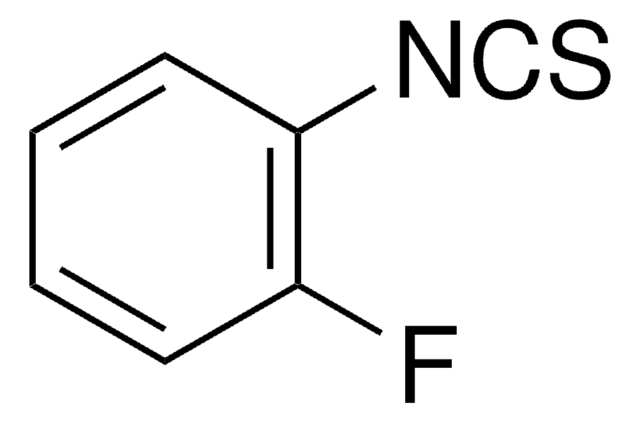288306
Chloroform
anhydrous, ≥99%, contains 0.5-1.0% ethanol as stabilizer
Synonym(s):
Methylidyne trichloride, Trichloromethane
About This Item
Recommended Products
grade
anhydrous
Quality Level
vapor density
4.1 (vs air)
vapor pressure
160 mmHg ( 20 °C)
Assay
≥99%
form
liquid
contains
0.5-1.0% ethanol as stabilizer
packaging
Sure/Seal™ of 1, 2 L
Sure/Seal™ of 100, 12x100 mL
impurities
<0.001% water
<0.005% water (100 mL pkg)
evapn. residue
<0.0003%
color
colorless
refractive index
n20/D 1.445 (lit.)
bp
60.5-61.5 °C (lit.)
mp
−63 °C (lit.)
density
1.48 g/mL at 25 °C
1.492 g/mL at 25 °C (lit.)
SMILES string
ClC(Cl)Cl
InChI
1S/CHCl3/c2-1(3)4/h1H
InChI key
HEDRZPFGACZZDS-UHFFFAOYSA-N
Looking for similar products? Visit Product Comparison Guide
Related Categories
General description
Application
Legal Information
related product
Signal Word
Danger
Hazard Statements
Precautionary Statements
Hazard Classifications
Acute Tox. 3 Inhalation - Acute Tox. 4 Oral - Carc. 2 - Eye Irrit. 2 - Repr. 2 - Skin Irrit. 2 - STOT RE 1 Oral - STOT SE 3
Target Organs
Central nervous system, Liver,Kidney
Storage Class Code
6.1D - Non-combustible acute toxic Cat.3 / toxic hazardous materials or hazardous materials causing chronic effects
WGK
WGK 3
Flash Point(F)
does not flash
Flash Point(C)
does not flash
Choose from one of the most recent versions:
Already Own This Product?
Find documentation for the products that you have recently purchased in the Document Library.
Customers Also Viewed
Articles
Substances are said to be miscible in one another if they dissolve to form a uniform solution. Bookmark or download our miscibility table for common lab solvents.
Our team of scientists has experience in all areas of research including Life Science, Material Science, Chemical Synthesis, Chromatography, Analytical and many others.
Contact Technical Service






